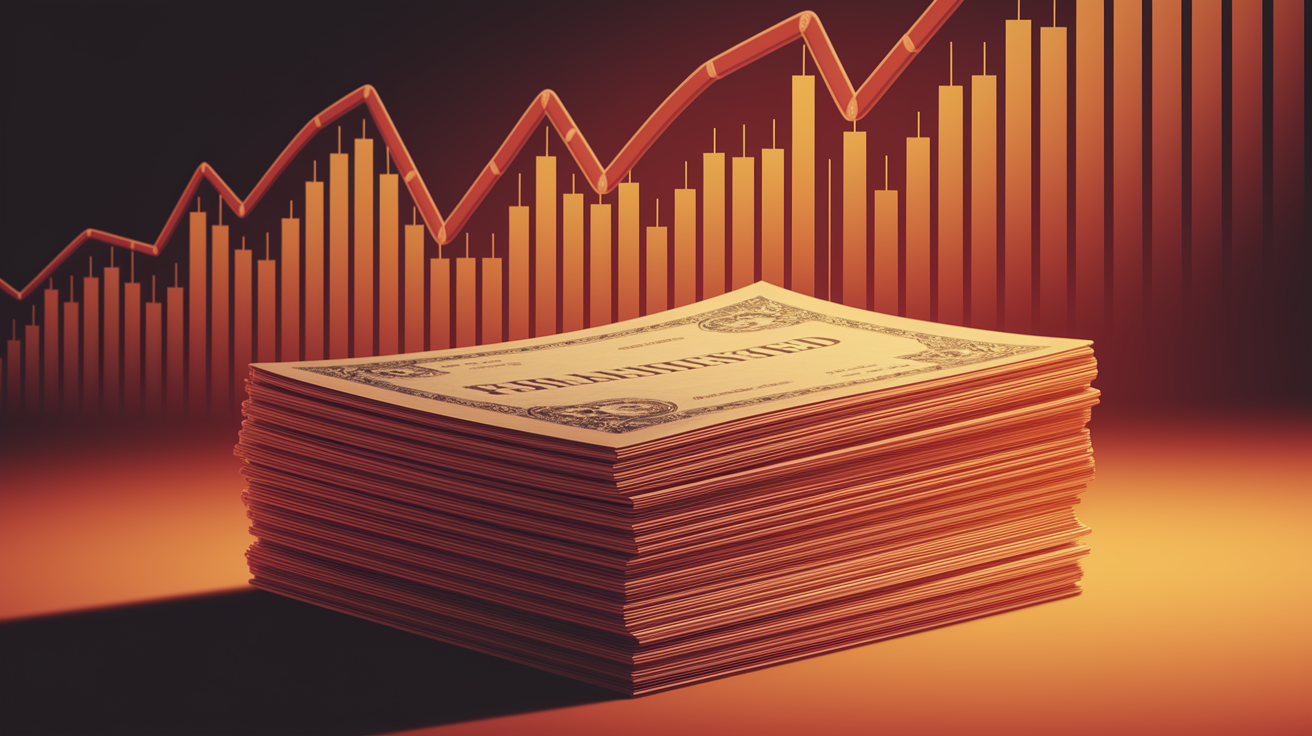In an era where inflation runs rampant like a wild beast, investors seek safe havens to protect their savings. Two popular options are inflation-protected securities and commodities. While the former offers a more stable and predictable return, commodities attract with high opportunities for profit. This article illustrates the pros and cons of both asset classes and shows how a smart combination may help diversify risks and combat inflation.
The Stability Guarantee: Inflation-Protected Securities in Protecting Against the Cost of Living

In times of rapid price growth and increased economic uncertainty, investors seek reliable means to safeguard their assets. Inflation-protected securities, also known as linkers, are one of the preferred strategies to tackle this challenge. These special securities provide active protection against the loss of purchasing power by synchronizing interest payments and the principal value with inflation. This means that as inflation rises, the nominal value of the security increases accordingly, thereby stabilizing the real return and offering a shield against monetary devaluation.
Excellent stability is a distinguishing feature that determines the attractiveness of inflation-protected securities. Especially in periods of high inflation, they provide more robust returns compared to traditional bonds, as their interest payments are linked to the inflation rate. This adjustment helps maintain constant purchasing power for investors, making them particularly appealing for long-term investments.
Additionally, linkers contribute to the necessary diversification of the portfolio. They reduce risk by offering a source of income that is independent of inflation, capable of cushioning fluctuations in more traditional forms of investment. However, despite these advantages, they are not without their challenges. One of the most significant issues is the interest rate risk. Since inflation-protected securities often have longer maturities, they are more sensitively affected by interest rate fluctuations. This can lead to considerable volatility and a noticeable loss of value in a rising rate environment.
Another aspect concerns the complexity of this form of investment. The link to specific inflation indices can lead to an opaque understanding, particularly for investors less familiar with how linkers operate. Moreover, inflation-protected securities may show lower returns compared to their nominal counterparts in low inflation periods. Liquidity can present another hurdle, as they are often traded less frequently, which could create difficulties in selling before maturity.
Despite these challenges, the use of inflation-protected securities remains an effective way to guard against inflation and offers, within a diversified investment strategy, a solid foundation to maintain and protect purchasing power against systematic price rises.
Commodities as a Bulwark: Opportunities and Challenges in Inflation Protection

Commodities have emerged as versatile players in the investment world, especially when it comes to protecting portfolios from price increases. Their role in inflation protection arises from their intrinsic ability to maintain value and develop in parallel with inflation. This advantage is particularly evident for precious metals like gold, known as a safe haven asset. However, sooner or later, economic forces will also affect the less noble representatives of this category, as many commodities, such as oil or wheat, are directly influenced by inflation and changing global demand.
A special selling point for commodities is their valuable diversification function within a portfolio. Their often negative correlation with traditional asset classes such as stocks or bonds can help create a balance in unstable market phases. This unconventional characteristic reduces risk and cushions volatility caused by economic turmoil. Furthermore, commodities are attractive for long-term growth strategies, especially as catalysts for the green transformation. Metals like copper and lithium are in the spotlight and are essential for the transition to sustainable energy solutions.
However, these advantages are countered by some disadvantages that should not be overlooked. The significant price volatility of commodities regularly poses challenges for investors. These fluctuations, often caused by geopolitical developments or climate conditions, can put investors in uncomfortable situations, given that price forecasts can be unpredictable. Another drawback is the speculative nature of investing in commodities. Unlike forms of investment that provide regular income, the value of commodities is heavily dependent on unpredictable market movements.
Additionally, the ecological costs of extracting commodities should not be underestimated. The extraction of gold and other precious resources often entails significant environmental impacts, raising long-term ethical concerns. Lastly, political tensions and trade relations can quickly alter commodity prices, adding further uncertainties to the picture.
In general, commodities are a double-edged sword in the fight against inflation. They offer attractive opportunities for diversification and value appreciation but also require careful management to minimize intrinsic risks. A smart combination strategy with other asset classes may represent the best balance for solid protection against inflation.